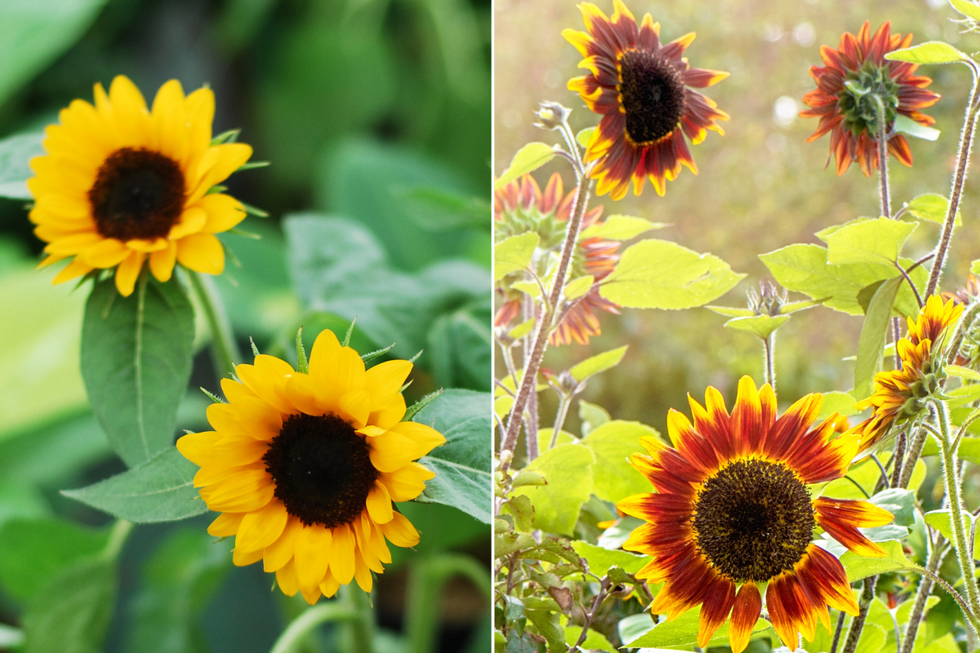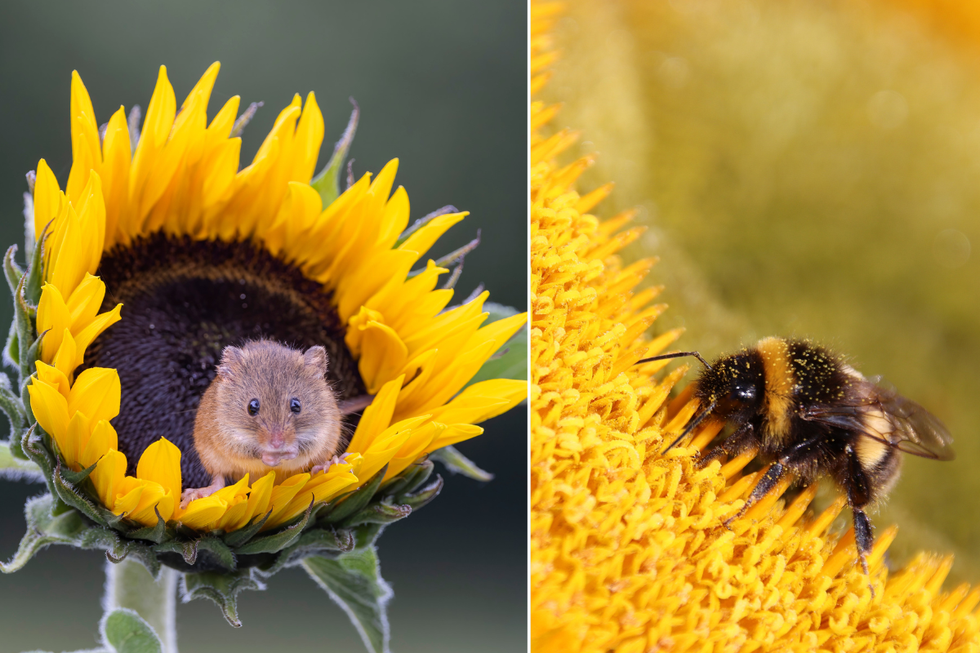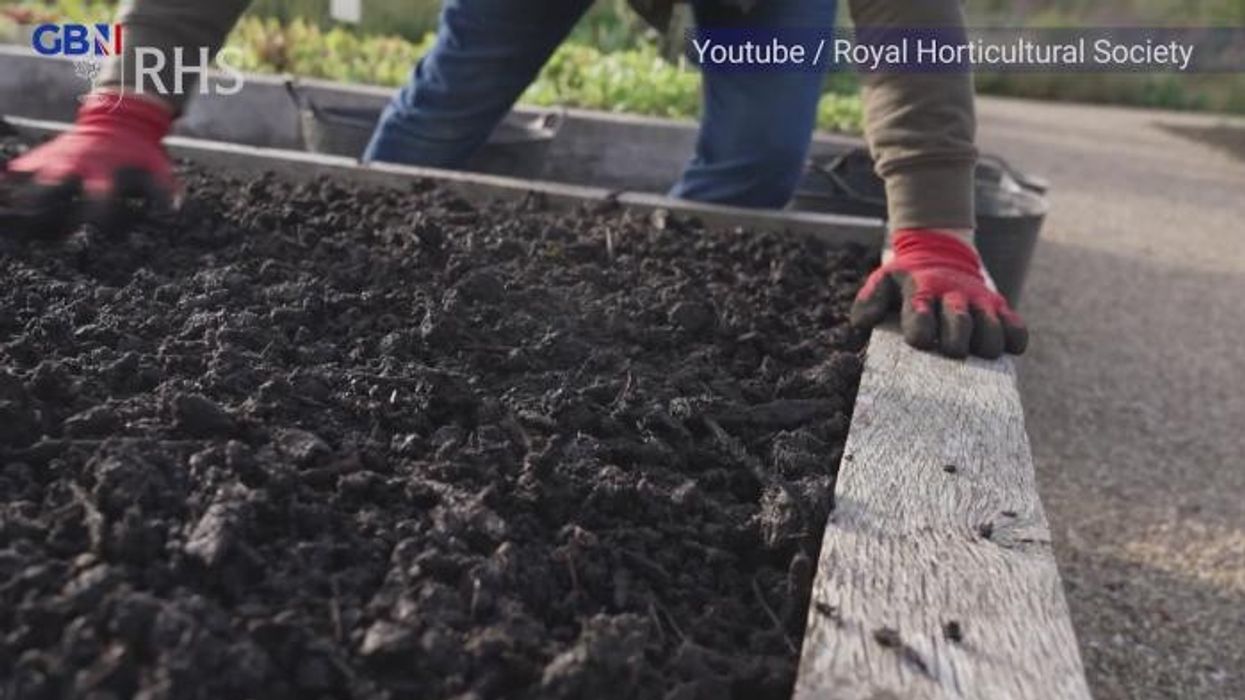How to grow sunflowers: The beginner-friendly pollinator plant which offers 'abundant blooms over many months'
One of the most-loved in Britain, the sunflower is a crowd-pleaser - and it's not too tricky to grow your own
Don't Miss
Most Read
Latest
A bloomer that comes in many shapes and forms, the sunflower offers something for everyone, from children to adults alike.
The humble sunflower is far more diverse than many British gardeners might realise. Although the majority would be most acquainted with the traditional plant, the species boasts more than 70 different plant types, varying from the classic vibrant flower to ones adorned with crimson-red petals.
Beyond the familiar tall yellow blooms that grace our summer gardens, there exists a colourful array of options to explore, as well as the different forms, both as annuals and perennials.
As the Royal Horticultural Society notes: "Most of us are familiar with the traditional tall sunflower with its large yellow daisy-like bloom, but there's far more to sunflowers than that."

The species boasts more than 70 different plant types, varying from the classic vibrant flower to ones adorned with crimson-red petals
|GETTY
They range from towering giants of 3m (10ft) to compact varieties just 30cm (1ft) tall, with the beautiful yellow petals spanning from "huge dinner plates to small teacups" in size.
For those seeking height, look for varieties like 'Giraffe', 'Russian Giant' and 'Titan', while container gardeners might prefer dwarf types such as 'Munchkin' or 'Little Dorrit'.
Perennial sunflowers offer longevity to British gardens, returning year after year with reliable blooms, and are considered "longer-lived clump-forming perennials" that can survive outdoors throughout the British seasons.
Unlike their annual cousins, these hardy plants "live for multiple years", and many can withstand our winter conditions without protection.
Growing sunflowers is remarkably straightforward for gardeners of all experience levels.
How to grow sunflowers
Martha Stewart has advised planting in fertile soil with full sun exposure. Then, make 1-inch-deep holes, place one seed in each, cover with soil and water well.
Spacing is crucial: standard varieties need 8 to 12 inches between plants. The larger jumbo varieties require more room to flourish, needing 16 to 20 inches of space.
LATEST GARDENING TIPS AND TRICKS:

Beyond their aesthetic appeal, sunflowers serve as vital habitats for British wildlife
|GETTY
This simple planting technique yields spectacular results in British gardens of all sorts of styles, from traditional cottage borders to prairie plantings.
The RHS notes they work well in "veg plots to wildlife-friendly havens" across Britain and can even make "long-lasting cut flowers", with smaller-flowered types producing "abundant blooms over many months".
Beyond their aesthetic appeal, sunflowers serve as vital habitats for British wildlife.
"Sunflowers are also great for wildlife," the RHS points out. "The flowers attract bees and other pollinating insects, while the abundant seeds are a valuable high-energy food for seed-eating birds, such as finches, and small mammals."











